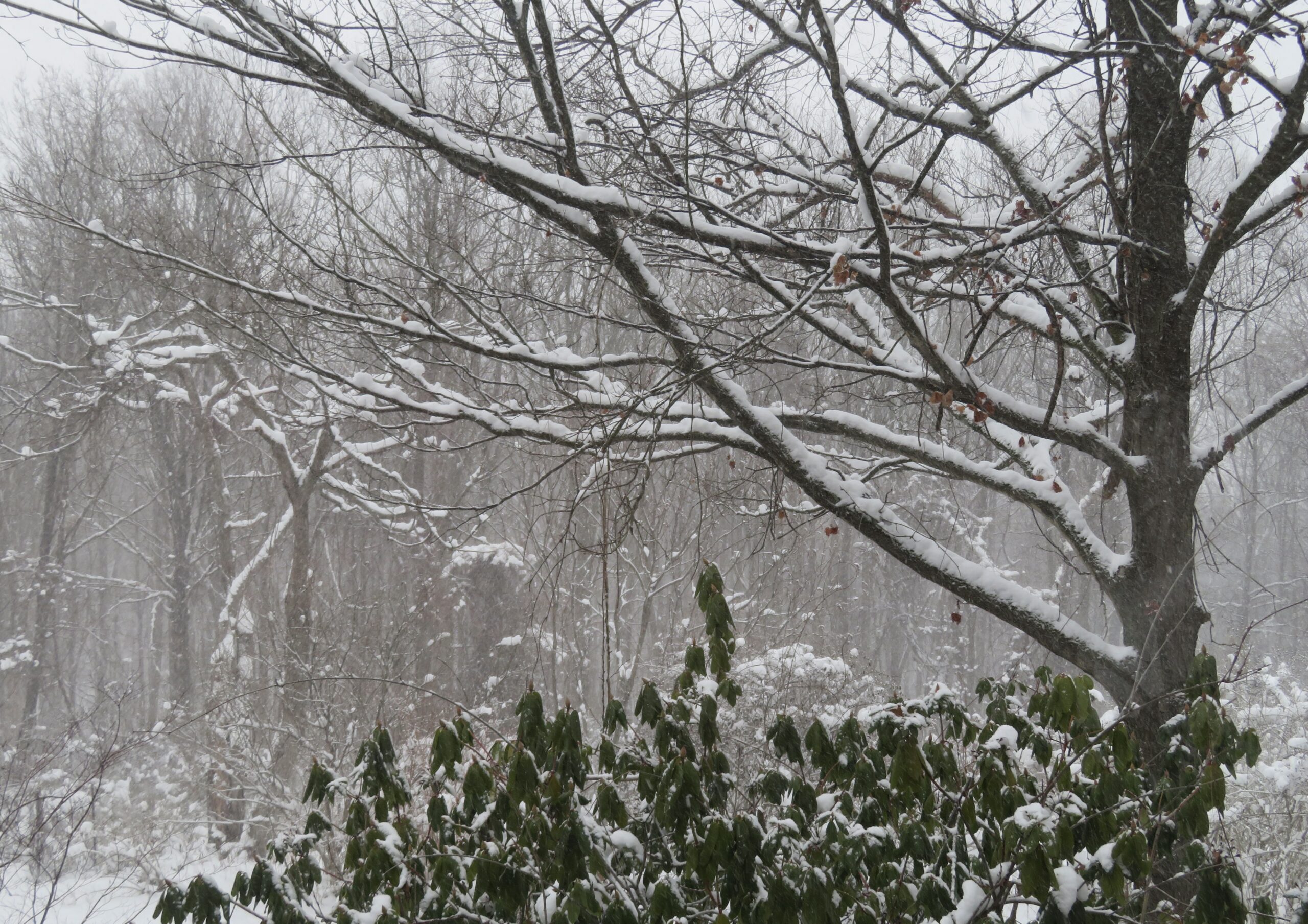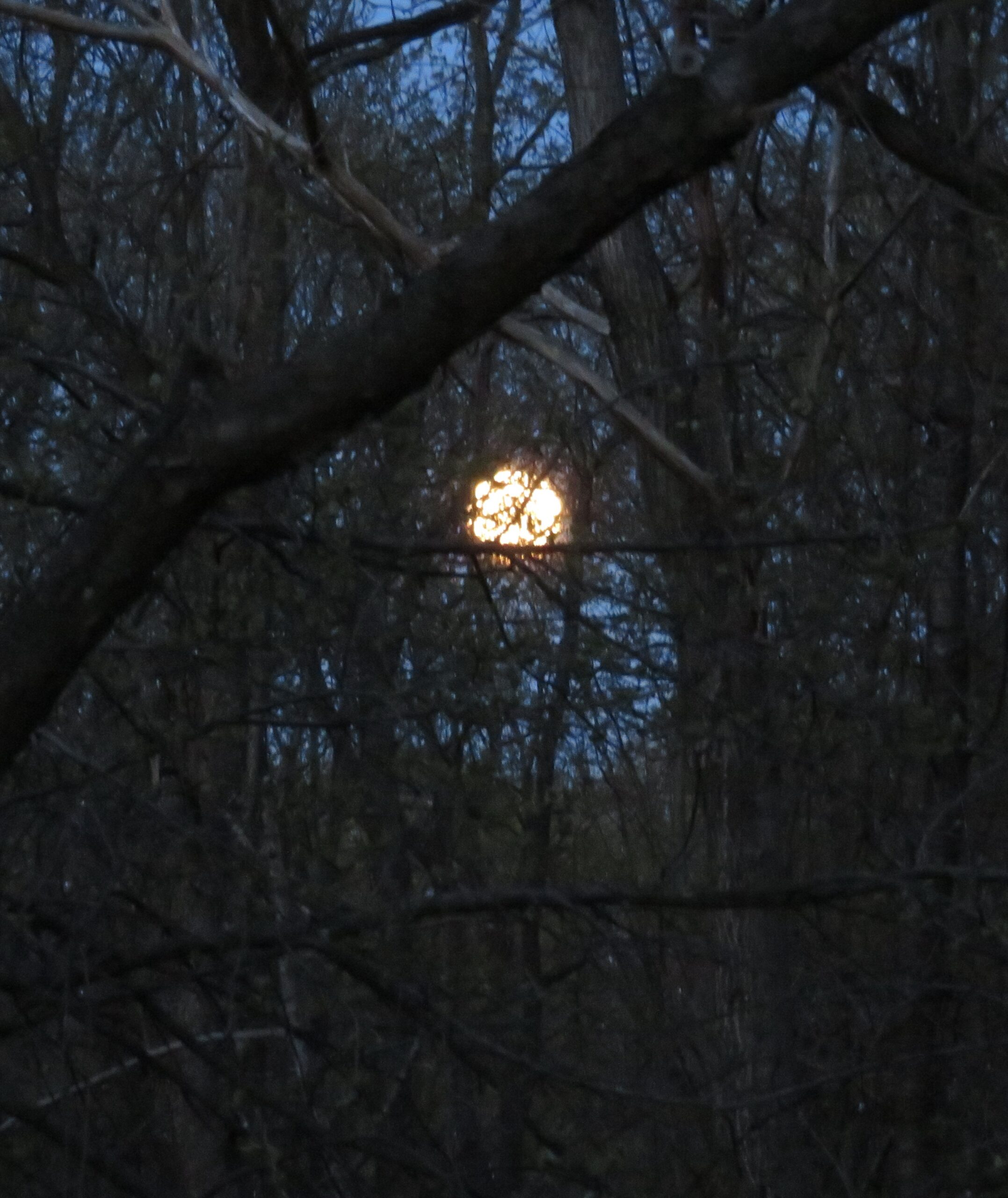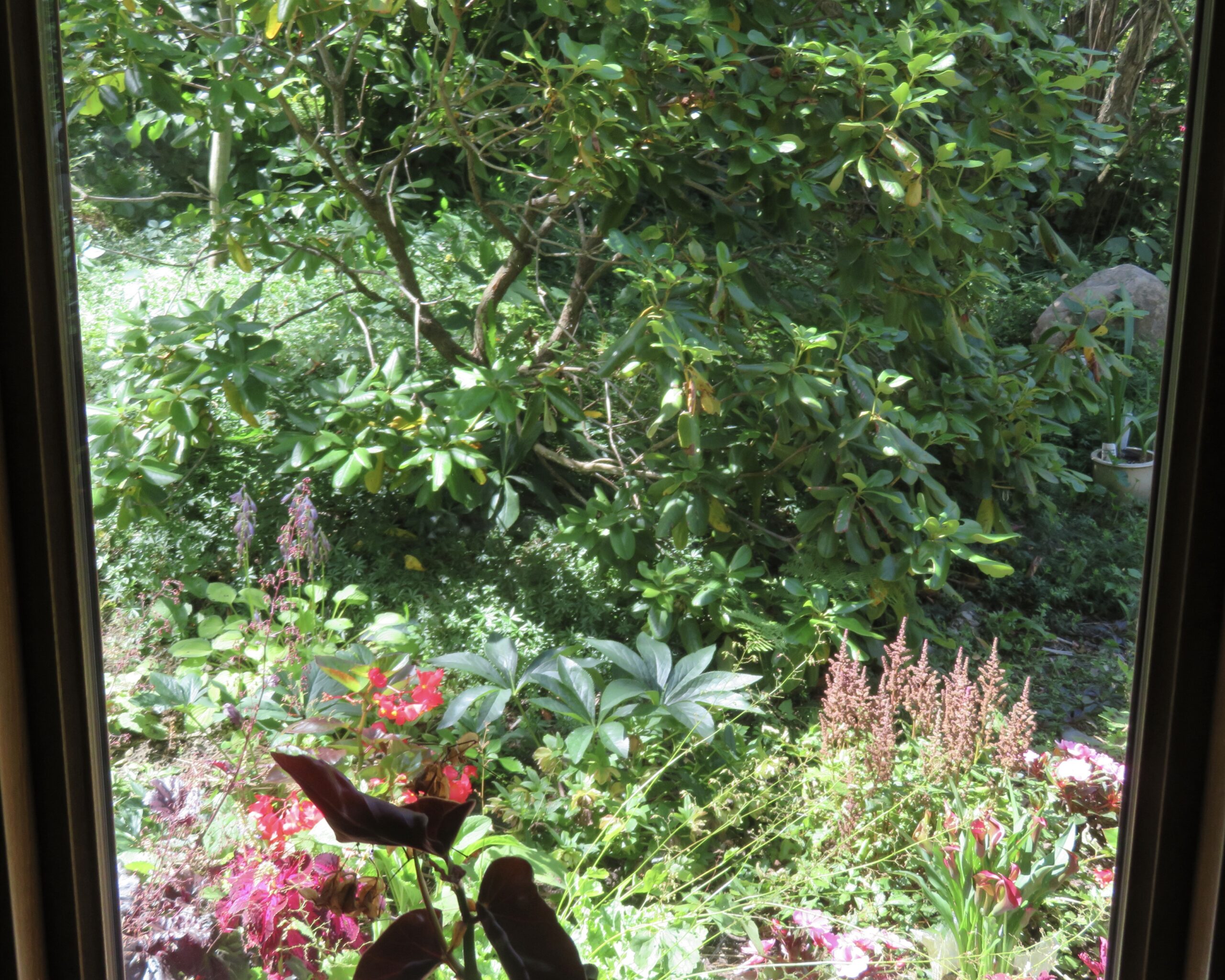When I was teaching secondary school, students often asked: Where does creativity come from? Does it come from me? Is it a gift we are born with? Does it arise from how we relate to our lives? Is it from the universe itself speaking?
In a similar way, I sometimes wonder how I can keep writing blogs. I try to write one a week, but sometimes don’t succeed and can barely say a word. I worry that I’ve run out of ideas. Other weeks, I write three or four blogs and it seems everything I see or hear has hidden treasure in it.
Sometimes, even if I have something to say for myself, I wonder if I have anything helpful to say to anyone else. When I was in college, and about to go out on a date, I feared I would run out of topics for conversation. Or if I had a paper to write, I wondered if I could come up with anything original or real to write about.
Right now, I’m looking out of my window and see the edge of the forest. At first, I see the forest, a whole grouping of trees, grass, the dried stalks of flowers⎼ all at once. Then I notice a rhododendron bush, with green leaves that shine even though it is very gray right now, and rain or snow seems about to burst from the air. Or just beyond it, the naked, old branches of a lilac ⎼ thin fingers reaching out to heaven.
Even in this seemingly simple setting, there is a vast universe of unrecognized details. At first, an unverbalized, un-languaged sensing, a taking everything in. Then, words arise, individual details, singular things are born, but the vision of the whole obscured.
To make sense of all of this, my mind utilizes patterns of thinking I’ve found useful in the past, theories about reality, memories of recent as well as distant events. Everything I have ever thought or felt is alive in this scene that stares back at me as I stare at it. But I’m only conscious of one bush, one tree, one Buddha statue covered with shades of green moss, one memory of feeling as gray as the air now looks.
And yet, every once and awhile, if I’m attentive⎼ if I take a moment to just breathe; to take a walk or meditate⎼ then the normal noise of rushing from one concern to the next is paused, juxtaposed against a blank screen. I get quiet enough to hear what before was hidden. Maybe feel that original, pre-language sensing. The pattern of my thoughts or assumptions pops out in my mind. And when I do read a word or hear someone speak, I have a much better chance of perceiving not only the words but the feeling and reality beyond the words.
Author Robert Pirsig, in Part II of his novel, Zen and the Art of Motorcycle Maintenance: An Inquiry into Ethics, talks about how, in science, the more you look, the more you see. This sounds simple until you get to his conclusions. Pirsig, speaking of his main character, says:
“He coined a law.… ‘The number of rational hypotheses that can explain any given phenomenon is infinite.’ It pleased him never to run out of hypotheses. Even when his experimental work seemed to dead-end in every conceivable way, he knew that if he just sat down and muddled about it long enough, sure enough, another hypothesis would come along….
If the purpose of scientific method is to select from among a multitude of hypotheses, and if the number of hypotheses grows faster than experimental method can handle, then it is clear that all hypotheses can never be tested. If all hypotheses cannot be tested, then the results of any experiment are inconclusive and the entire scientific method falls short of its goal of establishing proven knowledge.” “[A]s you try to move toward unchanging truth through the application of scientific method, you actually do not move toward it at all. You move away from it!”
Substitute logic for scientific method and a hypothesis jumps out at us. Reason and science increase our understanding. They allow humans to develop and survive. But reality far exceeds any rational thought about it—and the value of the world, of reality, far exceeds anything we can imagine, certainly exceeds any use we can imagine for any part of it…..
*To read the whole blog post, please click on this link to The Good Men Project.



